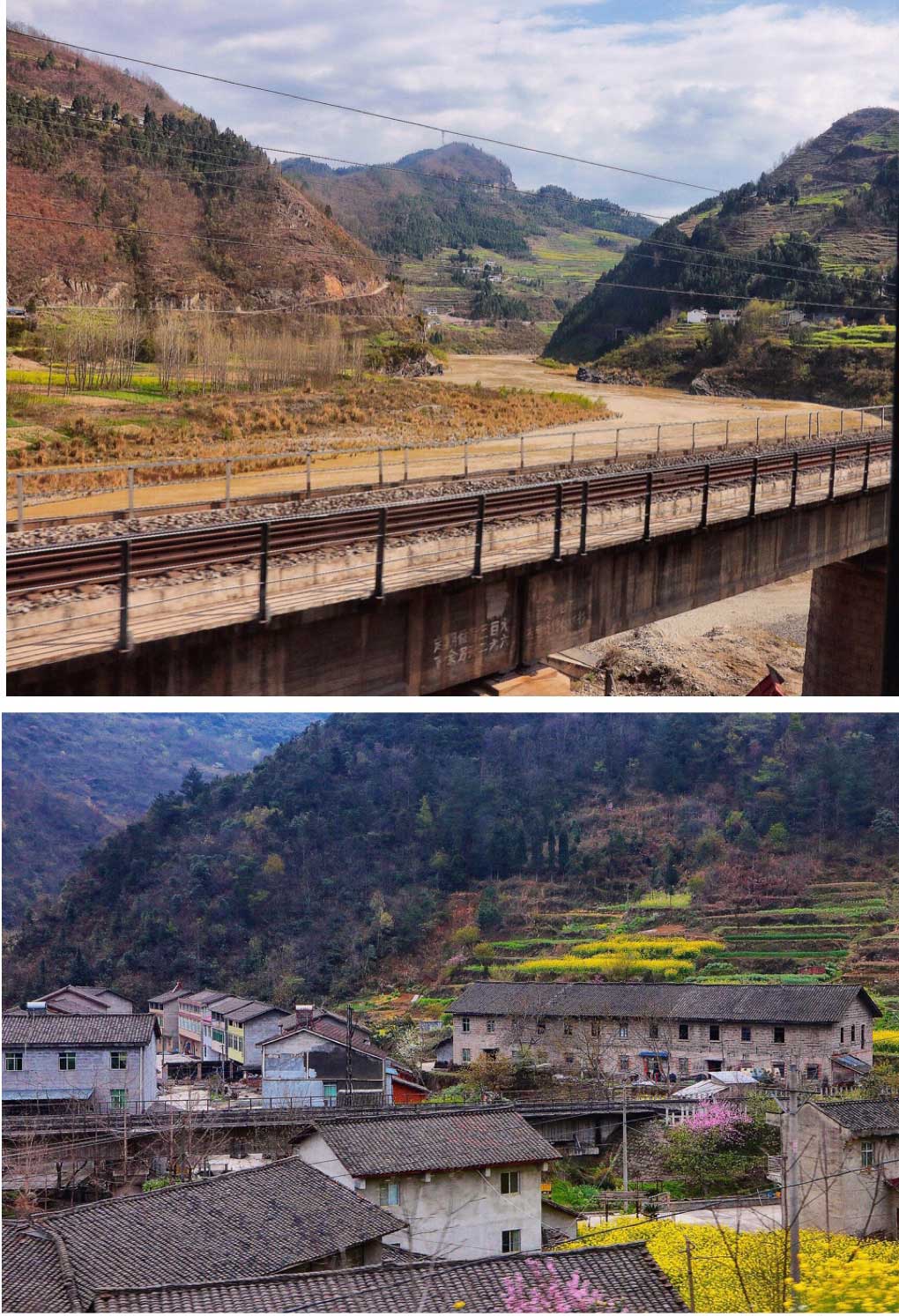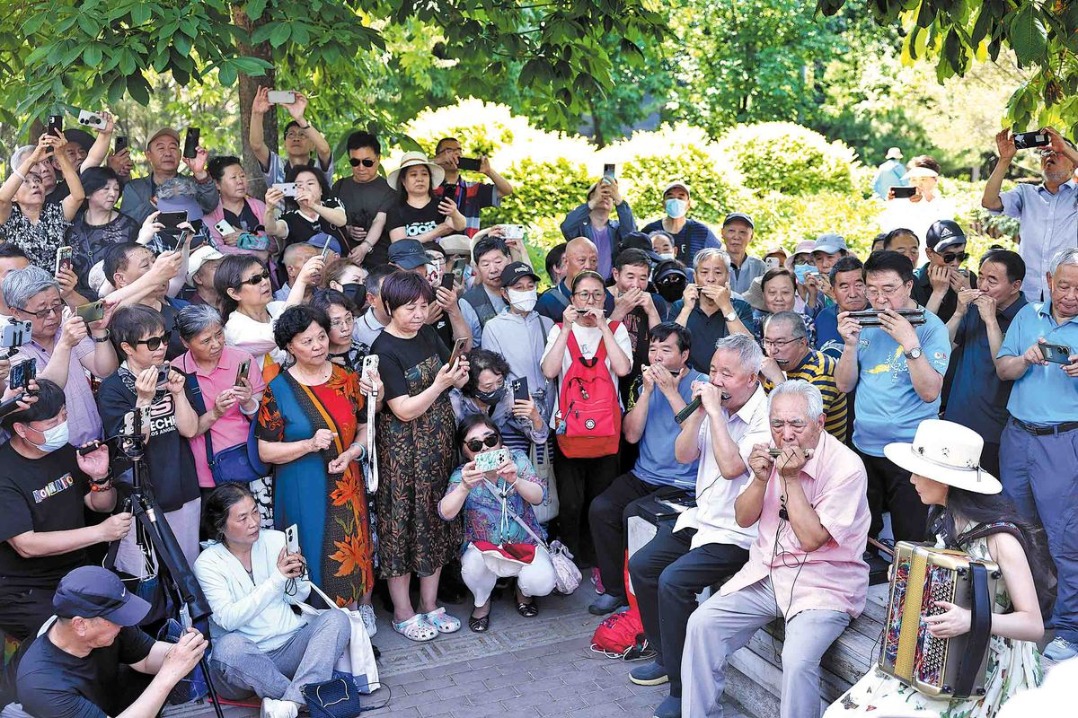Chengdu, reaching Sichuan's capital by railway


The first morning after passing through Taiyuan the train crossed the Yellow River into Shaanxi and soon we were rolling through the loess lands toward Yan’an. Alongside the tracks, cut into sides of narrow gorges there were the iconic cave dwellings, homes to people of the “yellow earth”. I gazed as villagers pushed bicycles up steep slopes while herders watched over sheep and goats. Vegetables, particularly corn, were cultivated where land was flat or terraced. Steam locomotives hauled lengthy freight or coal trains.
Xi’an, where the fabled Silk Road terminated, its historic walls could be seen from my compartment before we moved west across the flat terrain of the Wei River Valley. Horses hauled wooden carts along quiet tree-lined roads before the train pulled into Baoji, a major railway junction. The line initially I was on would continue west toward Lanzhou and ultimately Xinjiang but my train turned to head south along the Baocheng (Baoji-Chengdu) Railway. At that time I had no understanding of its significance in China’s transportation history. Originally proposed in Sun Yat-sen’s 1913 China National Railway Plan, construction finally started in 1952 from Chengdu, opening on January 1, 1958. In 1961 the Baoji-Fengzhou section became the first electrified line in China.


































